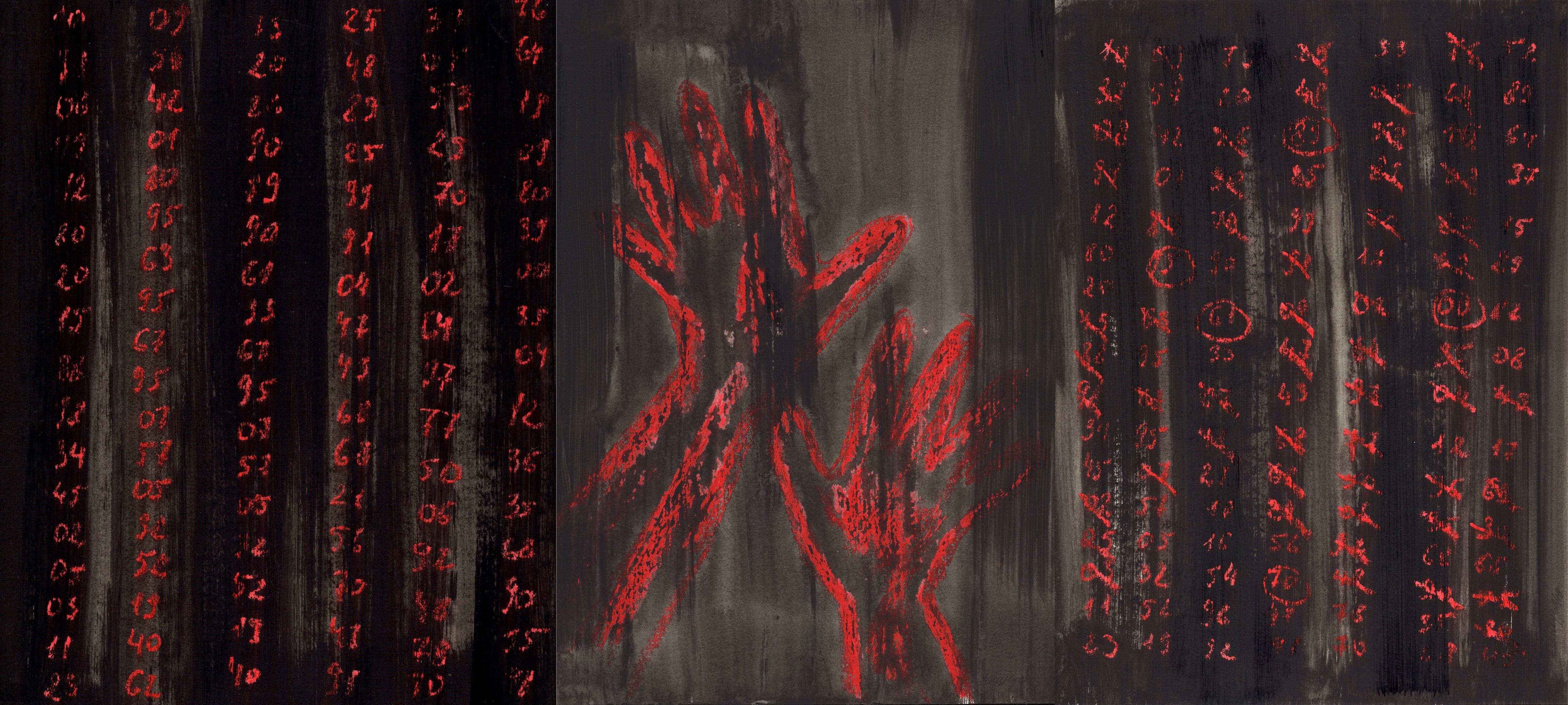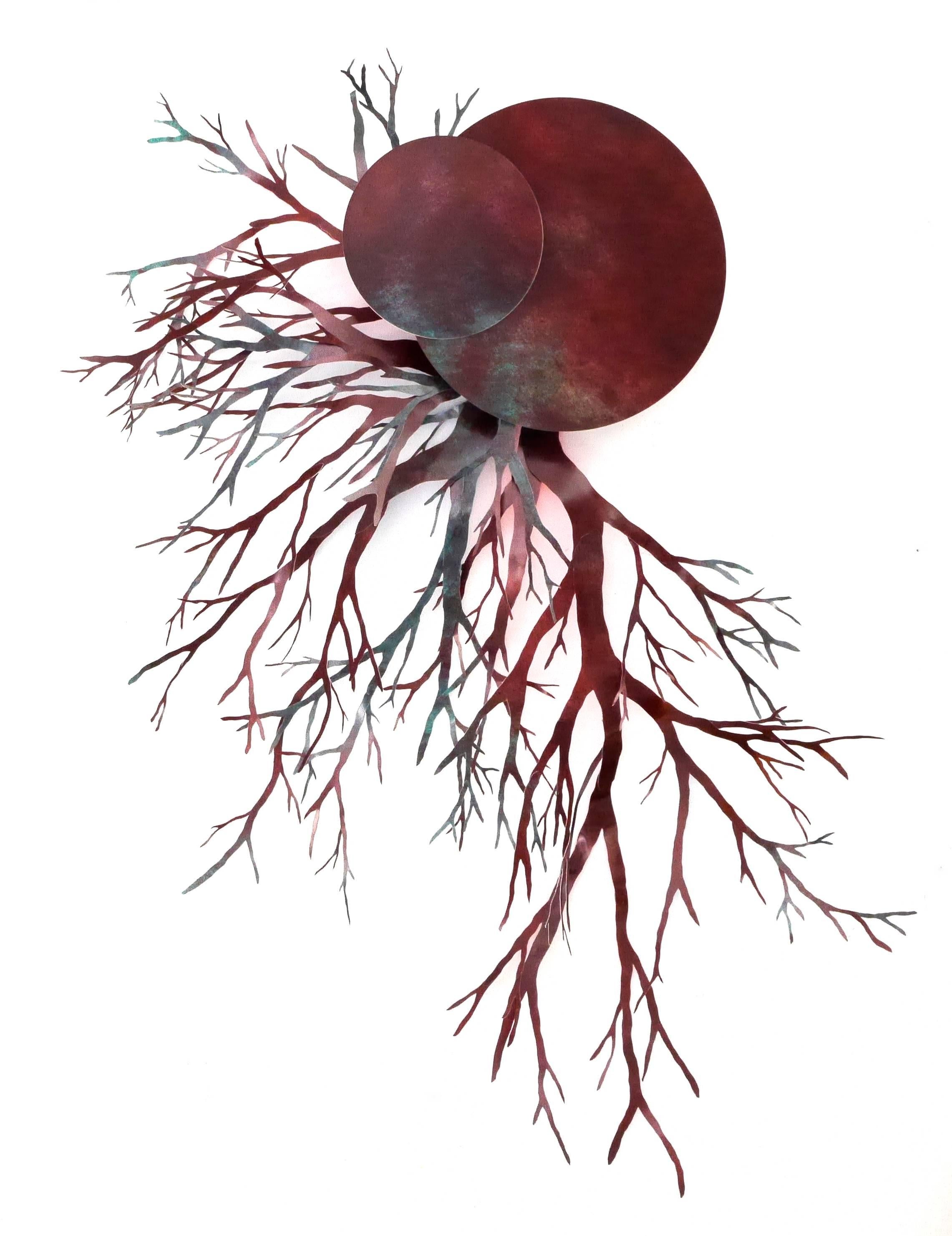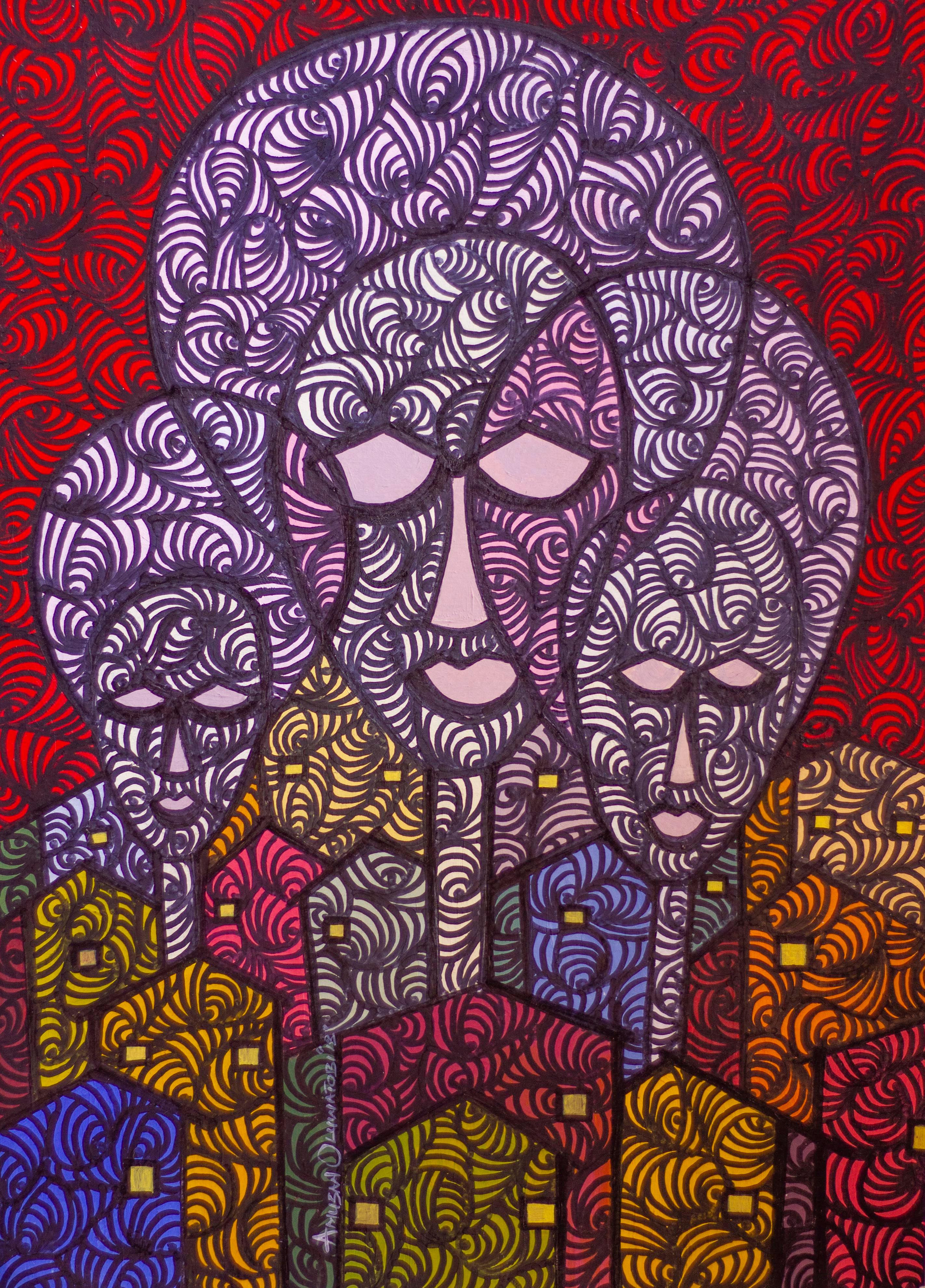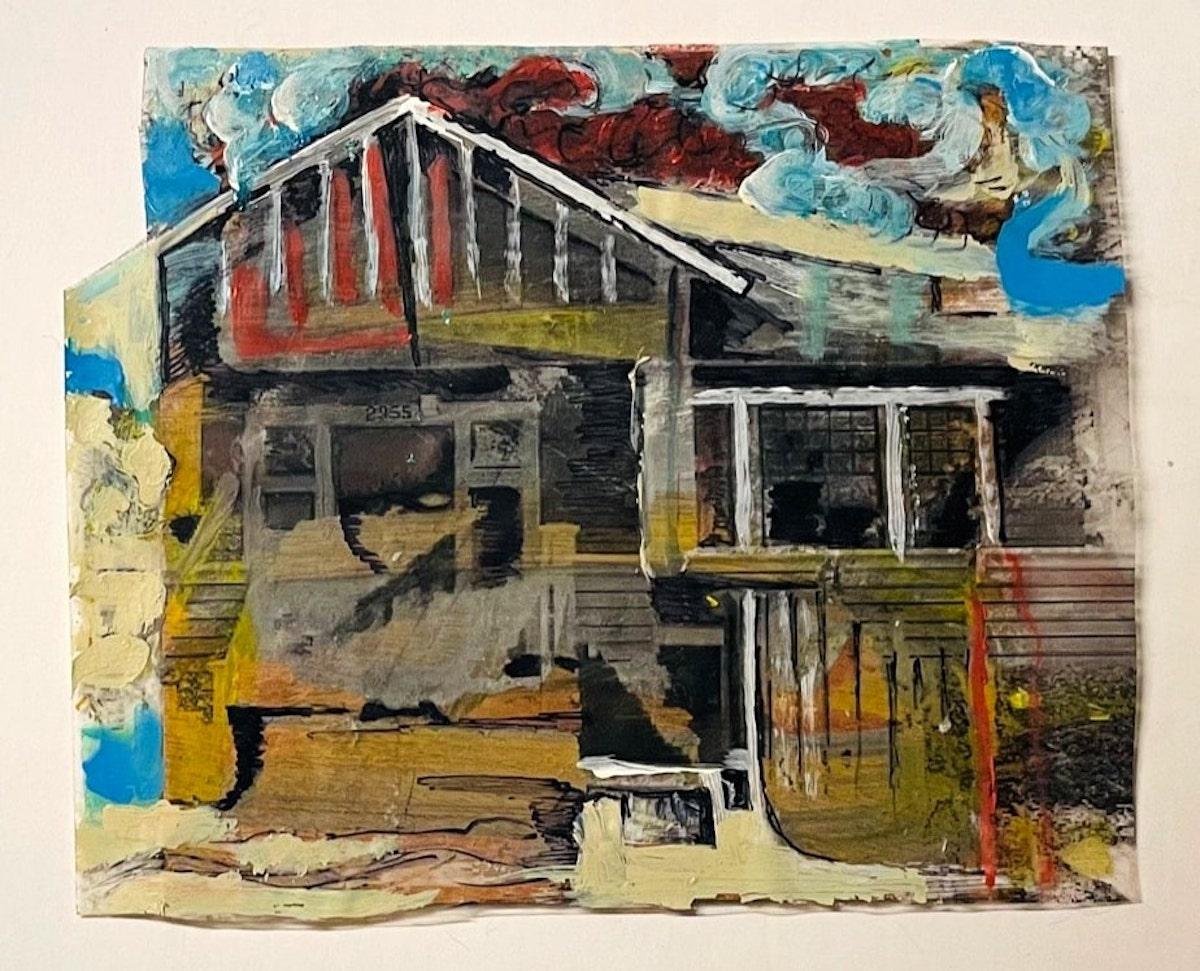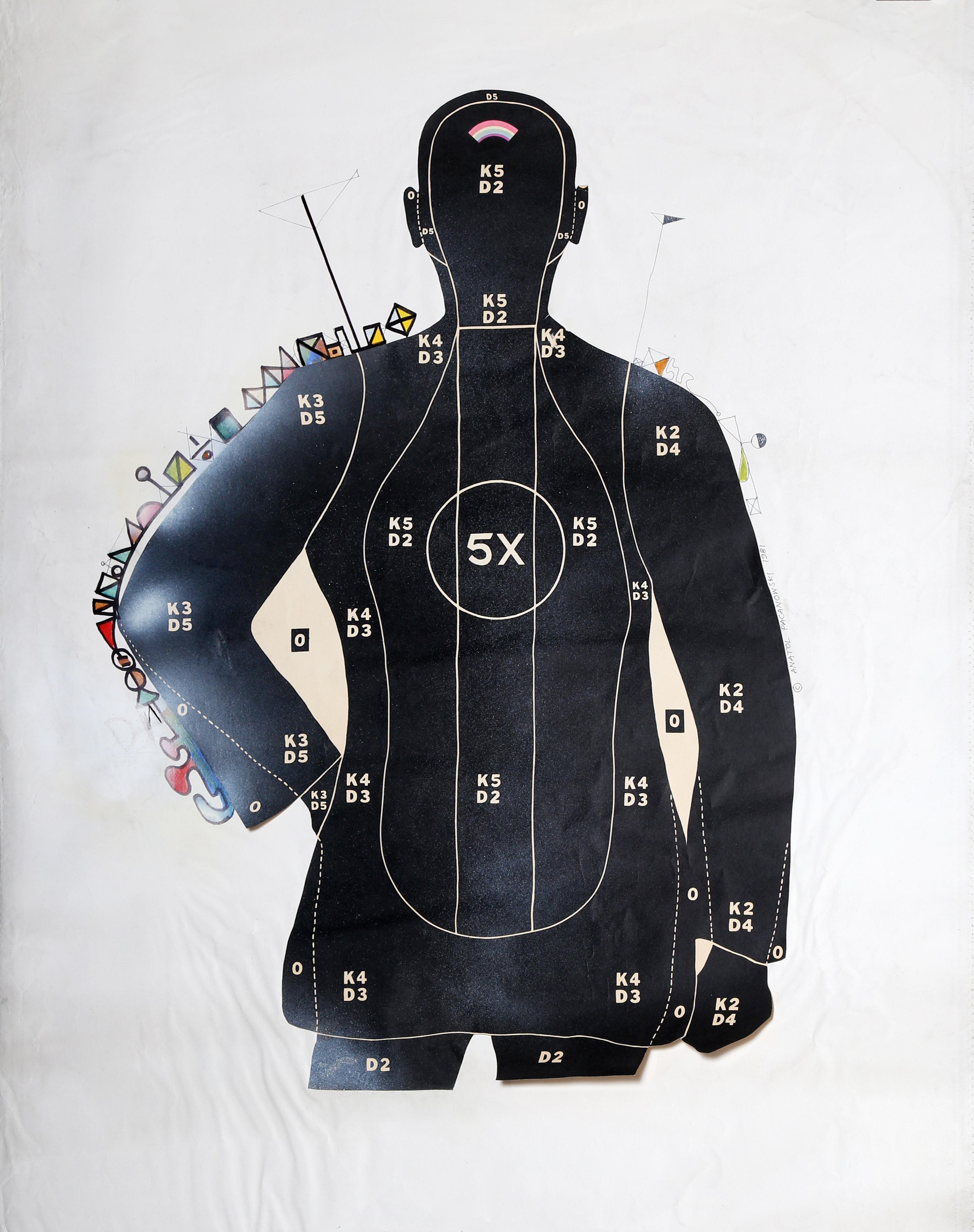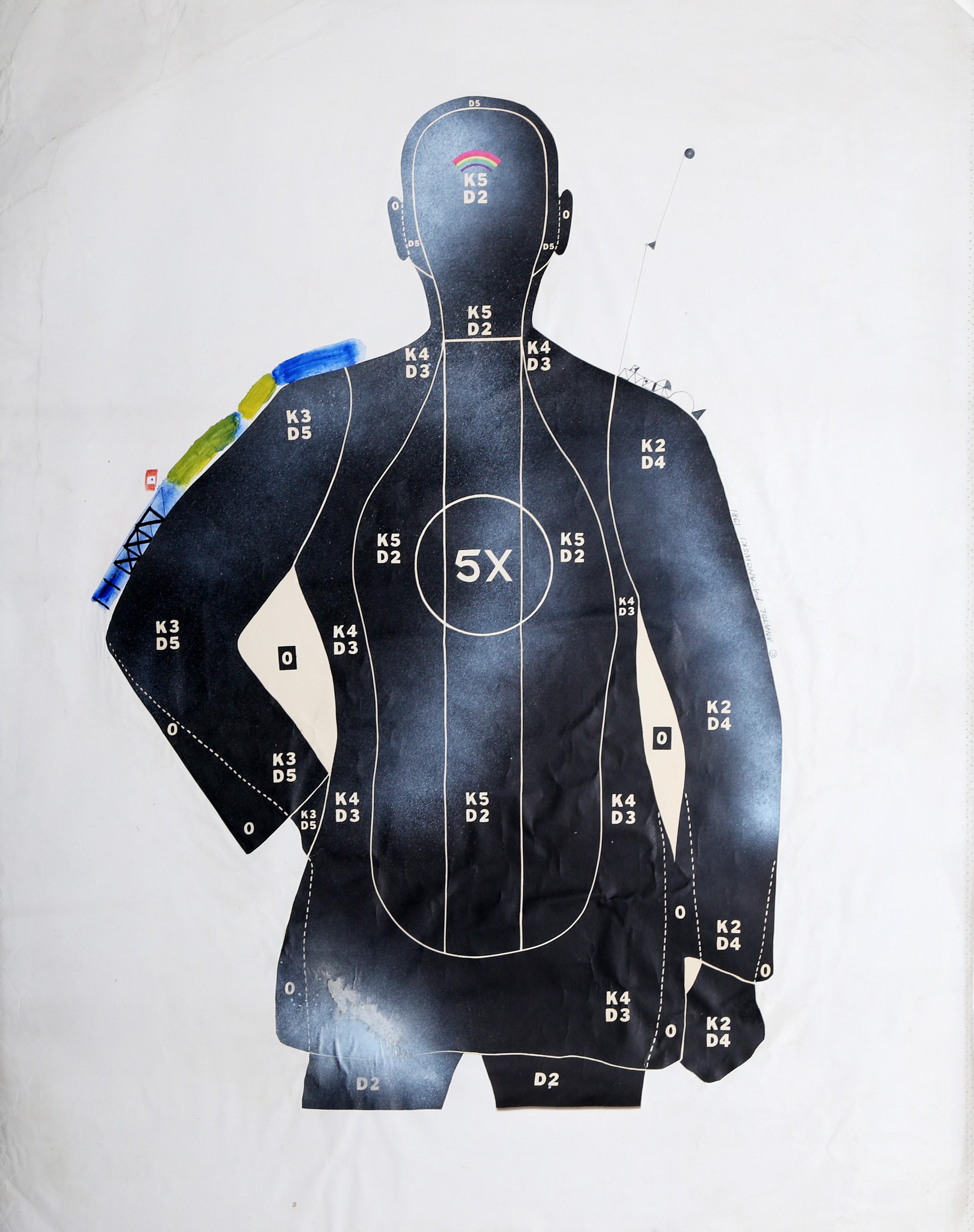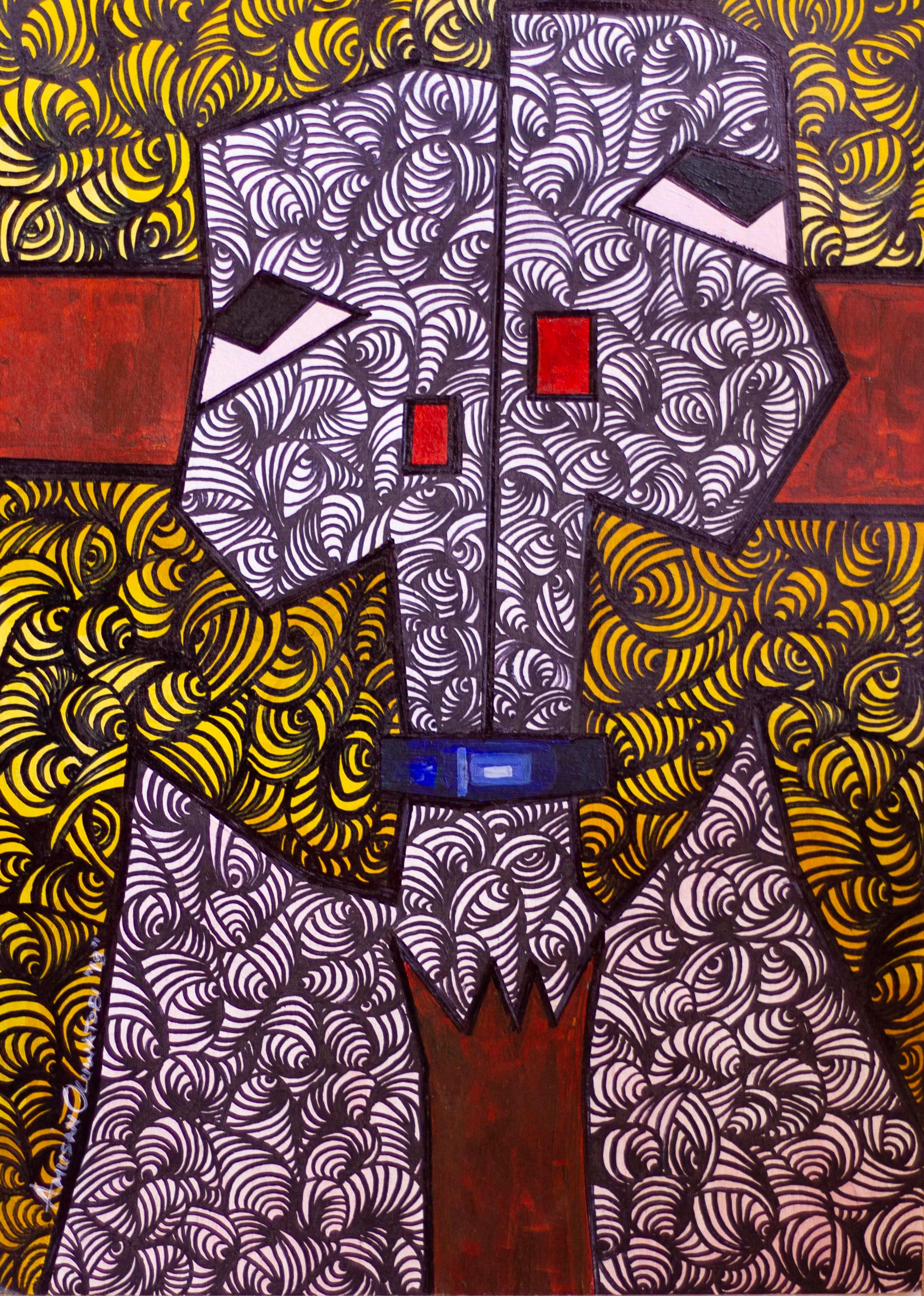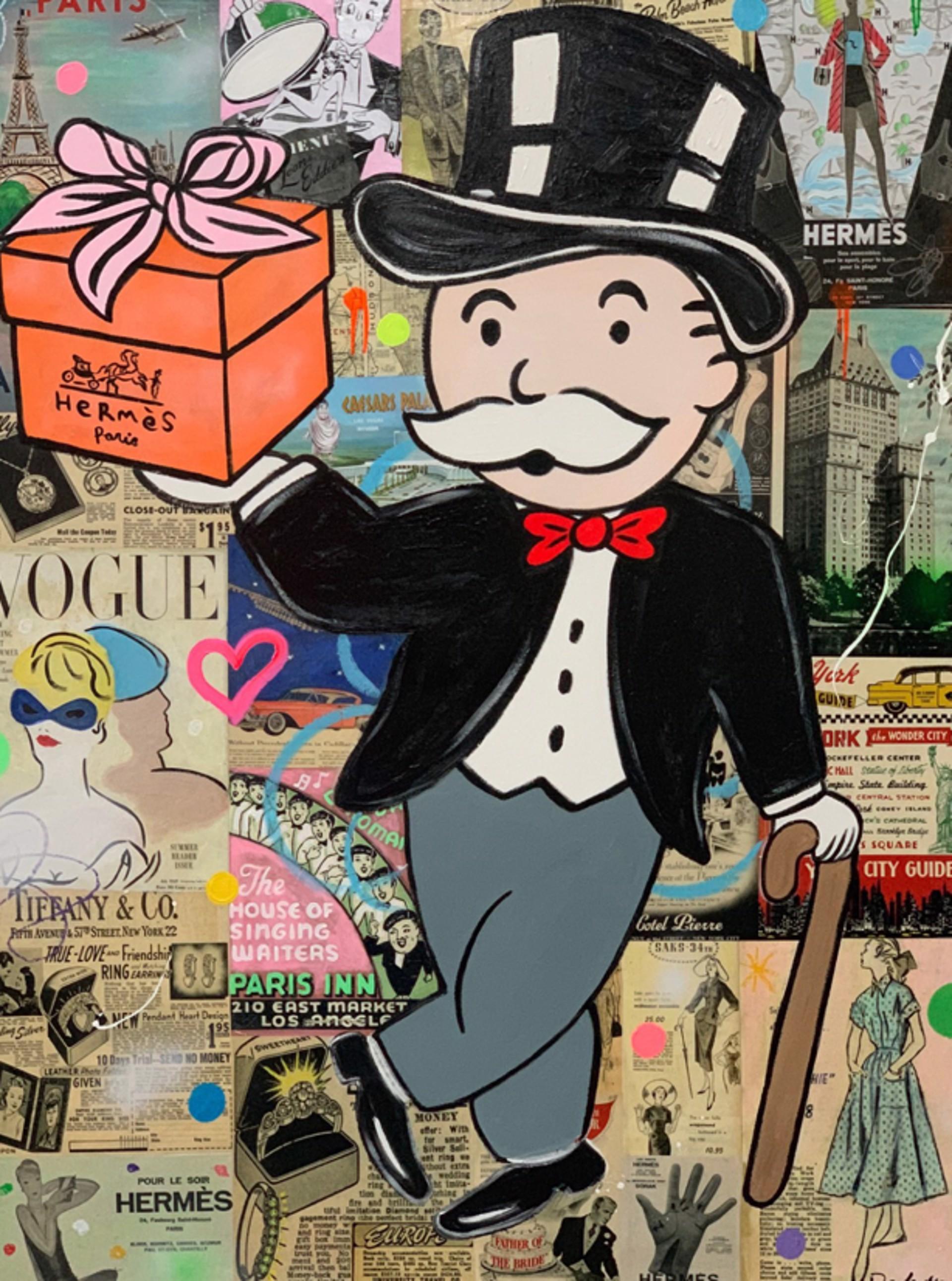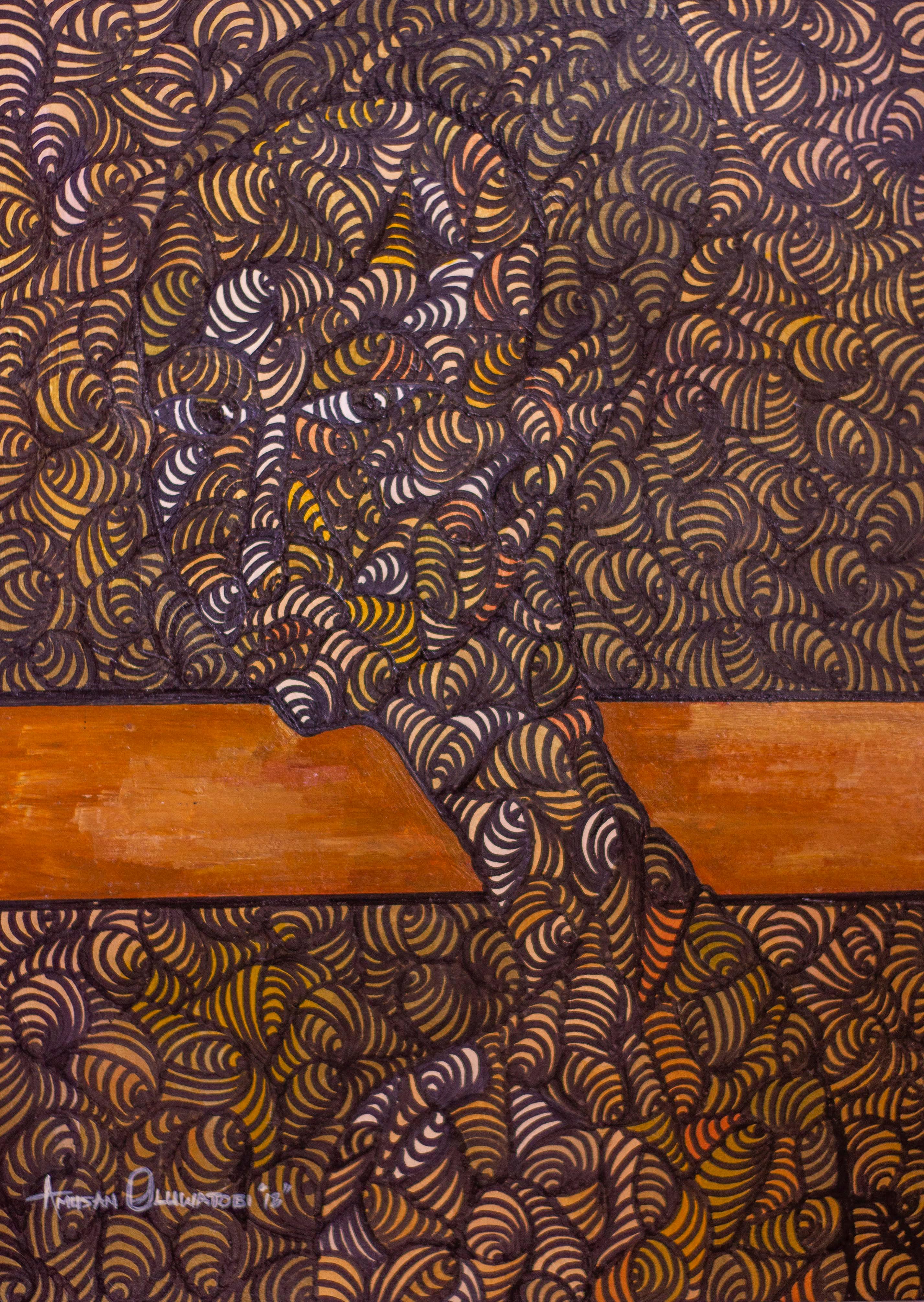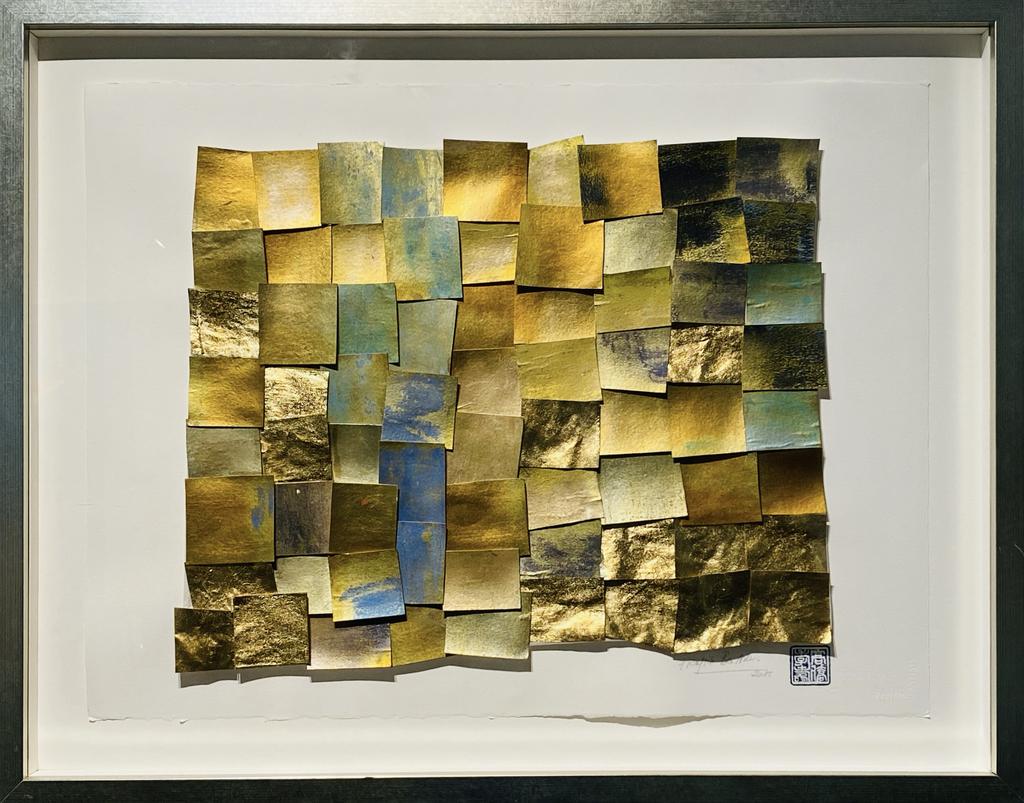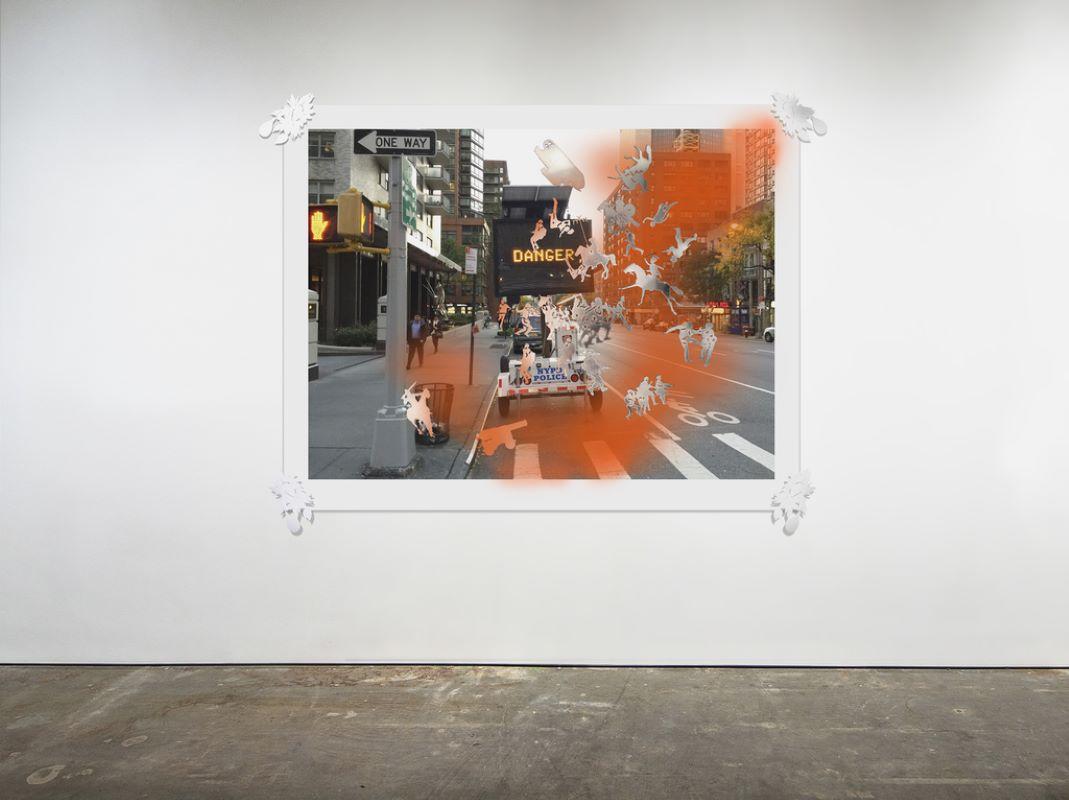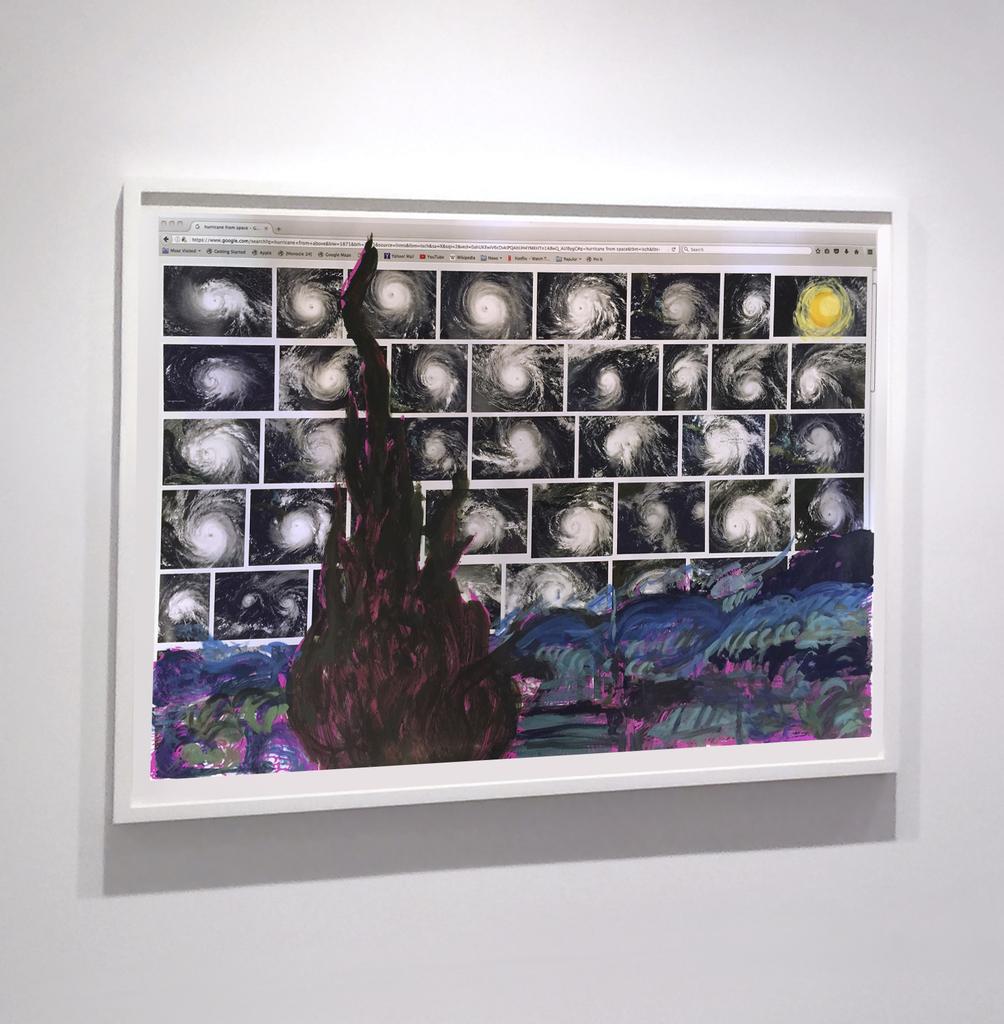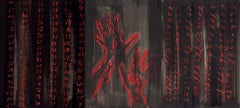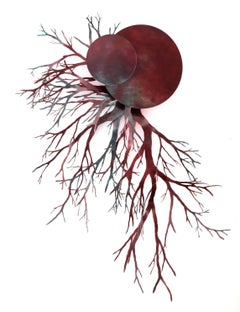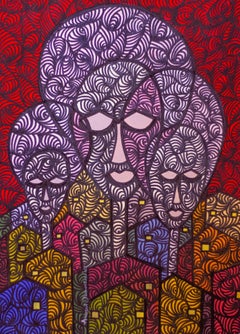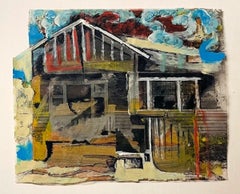`Irwin w/ beacon`, 2021 -`In;Human Nature` painting glacier nasa moon
View Similar Items
1 of 2
Christian Houge`Irwin w/ beacon`, 2021 -`In;Human Nature` painting glacier nasa moon2021
2021
$28,701.57List Price
About the Item
- Creator:Christian Houge (1972, Norwegian)
- Creation Year:2021
- Dimensions:Height: 59.06 in (150 cm)Width: 177.17 in (450 cm)Depth: 5.91 in (15 cm)
- Medium:
- Movement & Style:
- Period:
- Condition:
- Gallery Location:Oslo, NO
- Reference Number:1stDibs: LU160028661002
Authenticity Guarantee
In the unlikely event there’s an issue with an item’s authenticity, contact us within 1 year for a full refund. DetailsMoney-Back Guarantee
If your item is not as described, is damaged in transit, or does not arrive, contact us within 7 days for a full refund. Details24-Hour Cancellation
You have a 24-hour grace period in which to reconsider your purchase, with no questions asked.Vetted Professional Sellers
Our world-class sellers must adhere to strict standards for service and quality, maintaining the integrity of our listings.Price-Match Guarantee
If you find that a seller listed the same item for a lower price elsewhere, we’ll match it.Trusted Global Delivery
Our best-in-class carrier network provides specialized shipping options worldwide, including custom delivery.You May Also Like
Before and After, Science art on paper, Triptych Manuscript
By Anastasia Vasilyeva
Located in Zofingen, AG
This triptych "Before and After" consists of three conceptual drawings on paper from the collection "Manuscripts". The size is 40x30cm of each artwork, high-density paper (360g/m2). ...
Category
2010s Conceptual Abstract Drawings and Watercolors
Materials
Oil Pastel, Acrylic, Watercolor, Archival Paper
Mixed Media Planet with Roots: 'Fons et origo #3' (Source & Origin)
By Angelica Bergamini
Located in New York, NY
Fons et origo, which in Latin means Source and Origin, includes 8 wall-sculptures. These circular shapes sprout long roots in delicate hand-cut formations. Some of the roots have tin...
Category
2010s Conceptual Abstract Sculptures
Materials
Metal, Wire
Wise Women - 21st Century, Contemporary, Figurative Indigenous Art, Cultural
Located in Ibadan, Oyo
Shipping Procedure
FREE Shipping Worldwide
Ships in a well-protected tube.
This work is unique, not a print or other type of copy.
Accompanied by a Certificate of Authenticity.
The thematic expression of this art piece was crafted from the experience of what women especially wives and mothers had to go through to ensure that their homes were sustained. This art piece tends to inform her female audience; most especially intending wives and mothers that what keeps the home is not primarily in the acquisition of degrees and certifications but in having the requisite knowledge and consciously fulfilling their role as home builders.
About Artist
Oluwatobiloba Amusan...
Category
21st Century and Contemporary Conceptual Figurative Paintings
Materials
Ink, Acrylic, Paper
Dwellings 5
By Iliyan Ivanov
Located in New York, NY
This series “Dwellings” is comprised of pieces of mixed media on wood panels. The artist uses wood panels 5 x 5 inches each as base that is painted ei...
Category
2010s Conceptual Mixed Media
Materials
Wood, Paper, Acrylic, Permanent Marker, Monoprint
Human Target 2, Mixed Media Painting by Anatol Pacanowski
By Anatol Pacanowski
Located in Long Island City, NY
Human Target 2
Anatol Pacanowski, (1945)
Date: 1981
Acrylic, Airbrush and Collaged Media on Canvas, Signed and Dated right
Size: 50 x 40 in. (127 x 101.6...
Category
1980s Conceptual Mixed Media
Materials
Canvas, Paper, Acrylic
Human Target 1, Acrylic Paint and Paper on Canvas by Anatol Pacanowski
By Anatol Pacanowski
Located in Long Island City, NY
Human Target 1
Anatol Pacanowski, (1945)
Date: 1981
Acrylic, Airbrush and Collaged Media on Canvas, Signed and Dated right
Size: 51 in. x 41 in. (129.54 ...
Category
1980s Conceptual Mixed Media
Materials
Paper, Acrylic, Canvas
Recently Viewed
View AllMore Ways To Browse
70s Divider
Art Glass Made In Norway
Sovereign Case
Modern Mexican Prints
Vogue Covers
Picasso Hand Signed
Slim Aarons New York
Ceramic Art Sculpture Contemporary
Antique French Etching
Saint Oil Painting
1972 Oil
Pastel Still Life
Chagal Painting
Swiss Oil Paintings
Dutch Landscape Paintings
Classical Century Oil Painting
Contemporary Impressionism
Russian School Of Painting
